City Life in Jiangnan: From Late Imperial to Early Modern China, Harvard UniversityMore than twenty scholars from Asia, Europe, and the US gathered at Harvard University during October 6 and 7 for the international conference on city life in Jiangnan from late imperial to early modern China, sponsored by the CCK-IUC and Academia Sinica. The conference was well-attended and its interdisciplinary approach and concern brought about constructive dialogues between literary, visual, and urban studies, and between scholars and the audience. Presentations such as “The Conceptualization of Urban Space through Records of Contemporary Conversations” (Fei Si-yen, University of Pennsylvania), “City Life in the Late-Ming Popular Songs” (Ōki Yasushi, Tokyo University), “Sex and the City in the Festivals: A Preliminary Study on Women and Festivals in Late Imperial China” (Ch’en Hsi-yuan, Academia Sinica), “Relations between Bannerman and Chinese in the Manchu City of Hangzhou, 1644-1795” (Lai Hui-min, Academia Sinica), and “Foreigners and Chinese in a City of Advertising—Shanghai 1860s-1910s” (Barbara Mittler, University of Heidelberg), just to name a few, pertain and speak very closely to the dynamics of the theme of the conference. The success of the conference stands as an adumbration of further inquiries into city life in the Jiangnan area from such perspectives as cultural history, ethnic and gender studies, as well as political and economic studies. Paths Towards Modernity--Conference on the Occasion of Centenary of Jaroslav Průšek, Charles University“Paths Towards Modernity--Conference on the Occasion of Centenary of Jaroslav Průšek” was held in Prague from October 12 to 16. The conference was coordinated by Chiang Ching-Kuo Foundation Inter-University Center for Sinological Studies, USA conference and the CCK International Sinological Center at Charles University, and the Institute of Far Eastern Studies of Charles University. It was a truly international conference as twenty participants, coming from USA, Canada, China, Hong Kong, Taiwan, the Czech Republic, England, France, Germany, Norway and Slovenia, gathered on this occasion to demonstrate the exuberant energy of sinological studies in America, East Asia, and Europe. On the occasion of centenary of Jaroslav Průšek, the conference aimed to explore the possibilities of interdisciplinary approaches to the paths to modernity in light of his legacy. The papers presented in the conference covered a wide range of topics but converged at the idea of modernity. Some papers tried to outline the phenomena in late imperial Chinese culture and society that showed early signs of modernity, some looked at the emergence of the modern at the turn of the twentieth century, and others examined the complexity of modernity in the modern period of China. Some important historical figures were studied, including Lu Xun, Jiang Wenye, and Průšek himself. The issue of locality was also highlighted, as cities such as Nanjing, Suzhou, and Hangzhou were singled out, and the complex relationship of China, Taiwan and Japan was explored. Gender and sexuality were also an important topic, focusing on female aesthetics, artisanship and enlightenment. Most importantly, the papers drew on many sorts of sources, including historical documents, dictionary, encyclopedia, poetry, narrative, prose, music, scientific discourse, and material culture, and they showed how the disciplines of literary, historical, and sociological studies joined to probe the depth of a complicated concept such as the Chinese modernity. Xi’an: Historical and Urban Culture Conference, Shaanxi Normal UniversitySponsored by the CCK Foundation Inter-University Center for Sinology, USA in collaboration with Shaanxi Normal University, the International Conference on “Xi’an: Historical and Urban Culture” was held on the beautiful autumn days in this ancient cosmopolitan city. As many as forty scholars from China, Taiwan, the United States, Japan, and Singapore took active parts in the event and presented their papers. The conference began with a special keynote speech delivered by Cho-yun Hsu, University Professor Emeritus of the University of Pittsburgh. The respected historian offered a thought-provoking overview of early Chinese history centering on the Wei River plain, addressing the intriguing link between the historical advantages granted by the region’s natural resources and geographical accessibility and disadvantages as the result of such resources being exhausted. The subjects of the papers presented in the five panels range very widely, from the archaeology of ancient Chang’an to the local gazetteers of Ming-Qing Xi’an, from Tang poetry and literati to contemporary Xi’an literature and writers, and from imperial court music to modern Qinqiang Opera performance. A unique highlight of the conference is that it provided a rare and suitable arena for exchanges of views between historians and scholars of literature and popular culture on a subject that both are interested in. Embracing a multi-disciplinary approach, the conference was very successful in redefining the cultural and intellectual image of Xi’an, situating in the three thousand years of Chinese civilization. The conference was followed by two days of tours to some of the most important historical sites in the Xi’an area, including the Terra-Cotta Warriors of the First Emperor of Qin and the mausoleum towns of the Han-Tang emperors. Of the fifteen overseas participants, nine were from the US universities including Harvard and Columbia, two from the University of Tokyo, four from Academia Sinica and the National Taiwan University, and one from the National University of Singapore. The participants are grateful to the CCK Inter-University Center for its funding their trips to Xi’an. The Fifth International Junior Scholars Conference on Sinology at Fu-jen UniversitySponsored by the Chiang Ching-kuo Foundation Inter-University Center for Sinology and the College of Arts of Fu-jen Catholic University, the Fifth International Junior Scholars Conference on Sinology was held at Fu-jen University in Taipei from November 18 to November 20, 2006. The conference focused on the theme of “the sinology in the fields of performance and visual arts,” with an emphasis on the interdisciplinary studies of Chinese culture that took into consideration how the developments of architecture, painting, music, dancing, theatre, cinema, and cyberculture have been mutually influencing one another throughout the course of Chinese history. Invited to the conference were twenty four junior scholars coming from the PRC, Taiwan, Australia, Europe, and the United States as well as more than twenty distinguished scholars such as Professors John Clark, Liao Ping-hui, Lin Wen-ch’ang, Yuko Mio, David Der-wei Wang, and Xu Qingping who served as discussants and keynote speakers. The junior scholars presented their work on a variety of topics ranging from traditional Chinese painting to cyber graffiti, from the tones of Tang poetry to Taiwan folksongs, from early modern Chinese opera to contemporary TV drama, and from the late Qing optical reality to 21st Century urban landscape. Their presentations stimulated engaging discussions among hundreds of attendees that also included students from various colleges and universities of Taipei. Symposium on Chinese Frontier Archaeology, Columbia University On December 4, 2006, the CCK Foundation Inter-University Center for Sinology co-sponsored an important symposium on “Chinese Frontier Archaeology” in Columbia University, New York, as a part of the annual program of the Columbia Early China Seminar. The symposium was held in conjunction with the official tour of the Jilin University delegation of archaeology to Canada and the United States. Jilin University has one of the finest archaeology programs in China and is playing a leading role in the education and practice of Chinese archaeology. Among the speakers was Professor Lin Yun, an eminent Chinese paleographer and archaeologist and former Vice President of the university, who delivered a paper on the relationship between Shang-Zhou and northern steppe cultures as suggested by the bow-shaped bronze object. Professor Zhu Hong, a physical anthropologist and Director of the Center for Frontier Archaeology, Jilin University, introduced the recent and most astonishing discovery of the Xiaohe graves, an early Bronze Age cemetery (circa 2000 B.C.) that was buried and preserved intact in the desert sands of Lop-Nur in Xinjiang. Professors Teng Mingyu from the same center spoke on social transformation reflected in the archaeological materials from the state of Qin, and Professor Zhou Hui, director of China’s first ancient DNA archaeological laboratory, spoke on DNA analysis of bones of ten individual sheep found in the famous Erlitou site (circa 1900-1500 B.C.) in western Henan. This was the first symposium on Chinese Archaeology to have ever been held on the Columbia campus. The symposium was warmly welcomed by scholars from a number of universities in New York City and the neighboring states. Early China Seminar, Columbia UniversityProfs. Li Feng 李峰 of Columbia University and David Prager Branner [林德威] of the University of Maryland served as co-Chairs of the Columbia University Early China Seminar again this past Autumn. The Seminar is the premiere venue for the study of Early China on the East Coast of the United States and has been supported since its inception by the CCKF.
On September 23rd, 2006, Dr. Susan Roosevelt Weld (U.S. Congress) discussed her translation of the “Edict Issued to the Overseers of the Circuits and Counties of Nanjun”, dating from 227 BCE, and Dr. Martin Kern (Princeton University) read “The Performance of Writing in Western Zhou China”. Weld has been studying the twin issues of corruption and loyalty in covenant texts and legal codes. Much of the discussion of Weld’s paper involved taxes and property rights. Kern’s paper revolves around the practice of cèmìng 冊命 and the place of written documents in Zhou court ritual. On November 11th, Dr. Sarah Allan (Dartmouth College) read “On the Identity of Shang Di and the Origin of the Concept of a Celestial Mandate” and Dr. Thomas Lee (City University of New York) read a sociolinguistic report entitled “Functional Literacy, General Literacy and Changing Dynamics of Literacy in Traditional China, 1000-1950”. Allan’s paper explores the possible relationship between the divinities Dì 帝 and Tiān 天 and celestial objects such as the polestar and the weather. Lee’s paper considers the meaning of “functional literacy” in Chinese society generally, based on a historical survey of the time of introduction of new words in the written record. Literacy project Between 2006 and 2008, the Seminar is hosting a number of papers on the problems connected with literacy and social functions of writing in early China. Topics will include:
|
Archives
September 2020
Categories |

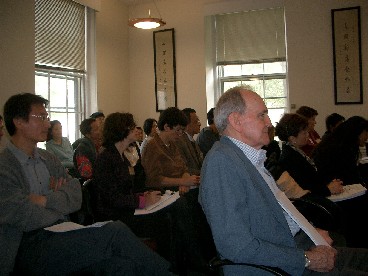
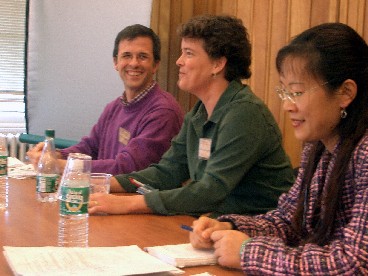
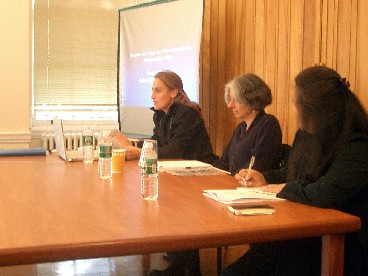
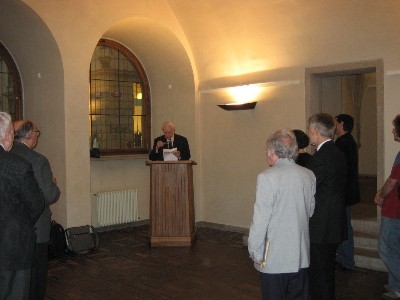
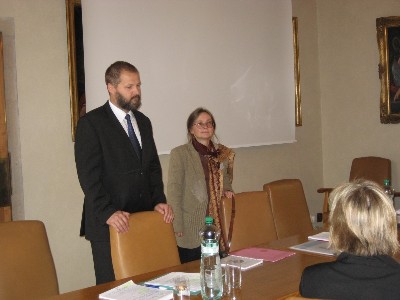
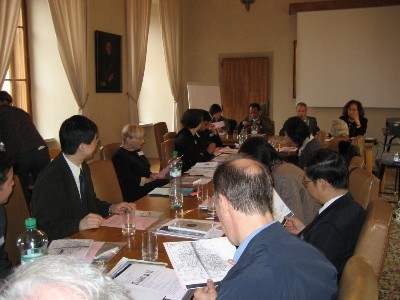
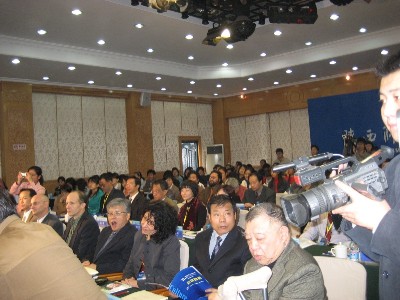
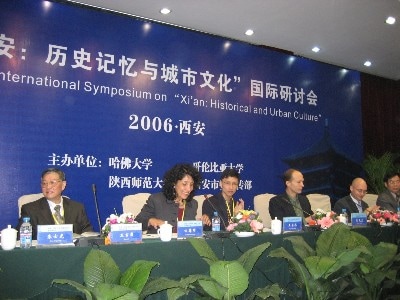
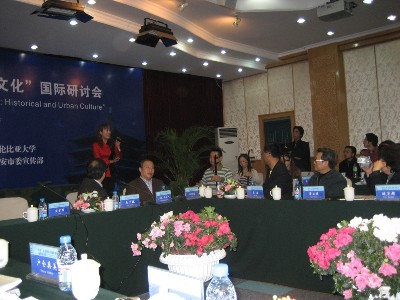
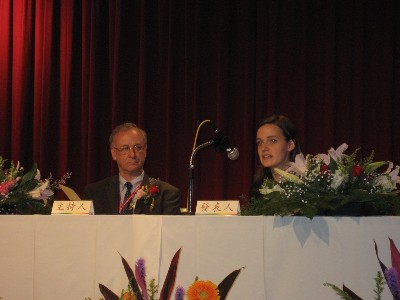
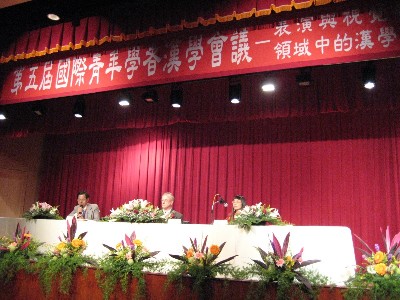
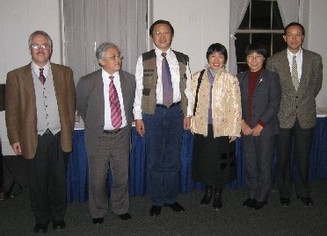
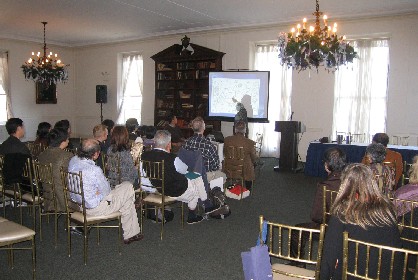
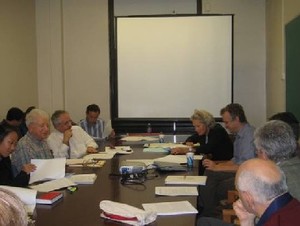
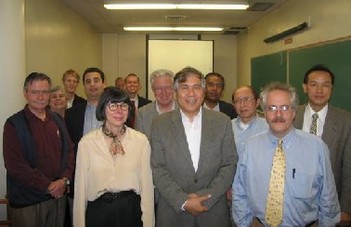
 RSS Feed
RSS Feed